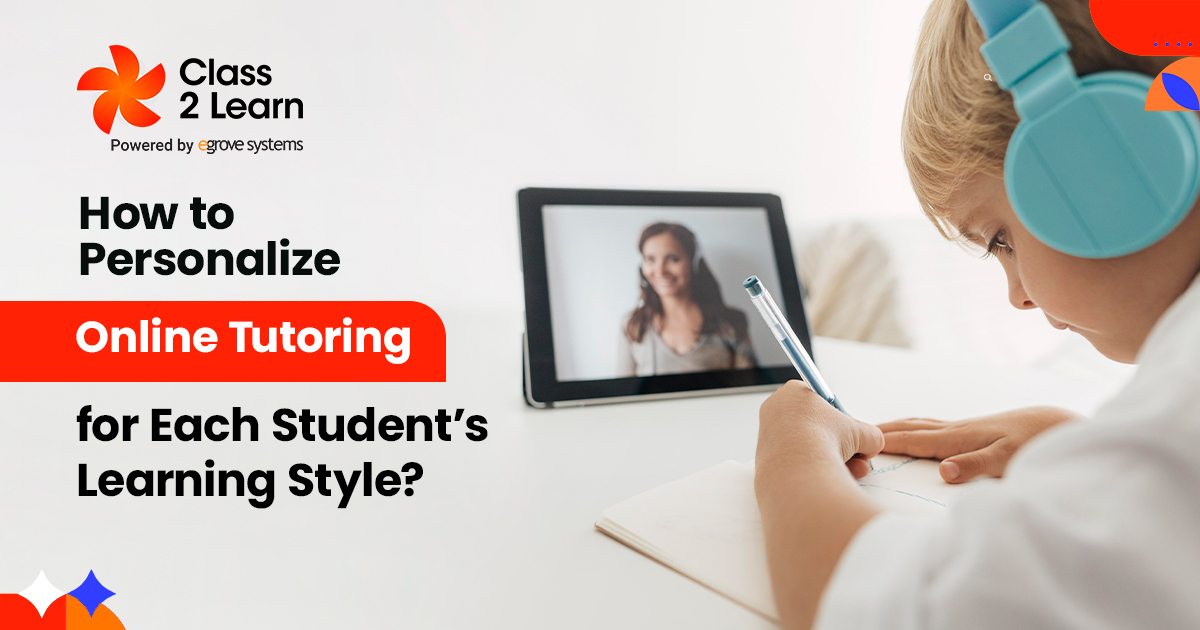Teaching remote lessons is challenging in many ways, but one of its greatest issues is limiting discussions and collaboration between students. Even with virtual real-time classrooms through video meetings, it’s often harder for students to participate in class discussions and explore the topics of the class to their satisfaction. Discussion is an important way that teachers can see that students are keeping up with the coursework and observe whether they are not understanding core concepts. Better discussion online can drastically improve student performance and give valuable feedback on the effectiveness of the class.
Class Video Discussion:
For the last year, teachers have used video lessons on platforms like Zoom to replace in-person lessons. Video meetings cause problems with lack of engagement and many students not wanting to appear on the screen. In addition, there are fewer visual cues for knowing when to speak up in a large group, and it’s hard for the teacher to control a class once multiple people are talking at once. For these reasons, a discussion is often deemphasized online.
Discussion plays a vital role in education. You can check that students are understanding what is being taught, encourage students to play a more active role in learning, and build their confidence. Virtual discussions can be improved by careful moderation of the discussion. Zoom features a ‘raise hand’ button that can be used so teachers can call on individuals.
Teachers can use their attendance system to track which students they’ve called on so they can make sure of equal participation. Budgeting time for discussions is important to retain good habits in the long term.
Discussion Boards:
Many learning management systems let teachers set up a discussion board or forum where students can post responses to topics that will be displayed to all members of the class. Discussions can be started by questions, links, videos, or other prompts. Students can respond to the prompt or one another’s thoughts. Discussion can be driven by teacher prompts alone, or students can be allowed to use the board to ask questions to one another and talk independently.
Another area of student interaction that is difficult to achieve in distance learning is group projects and other in-class collaborative efforts. Many tools allow students to work in virtual groups to share work and communicate. Google Docs allows users to collaborate in a single document, allowing groups to assemble various parts of a project or edit each other’s work.
Many courses try to encourage a minimum level of discussion from all students, requiring that students follow the board and comment a certain amount of times. While ensuring their contribution is important, teachers need to make sure they are not only participating at the bare minimum. For this reason, it’s generally better to encourage participation in a smaller number of more detailed discussions so they can be judged on quality rather than quantity of responses.
Collaboration over Google Docs/Other Tools:
Another area of student interaction that is difficult to achieve in distance learning is group projects and other in-class collaborative efforts. Many tools allow students to work in virtual groups to share work and communicate. Google Docs allows users to collaborate in a single document, allowing groups to assemble various parts of a project or edit each other’s work.
Another way to let students collaborate is through virtual boards for multiple users to write comments and respond to teachers. Making slideshow presentations can also be done through collaborative tools, and with screen sharing, students can perform group presentations with different sections assigned to each member.
Final Thoughts:
Discussion and collaboration can build important skills for young learners, so it’s vital to work them into virtual lessons whenever possible. They may not work as effectively as in-person discussions, but they have some advantages of their own in terms of making discussions organized and letting students view them at their own pace. Encouraging students to actively participate in virtual learning is one of the best ways to promote engagement and make lessons sink in.





Add comment